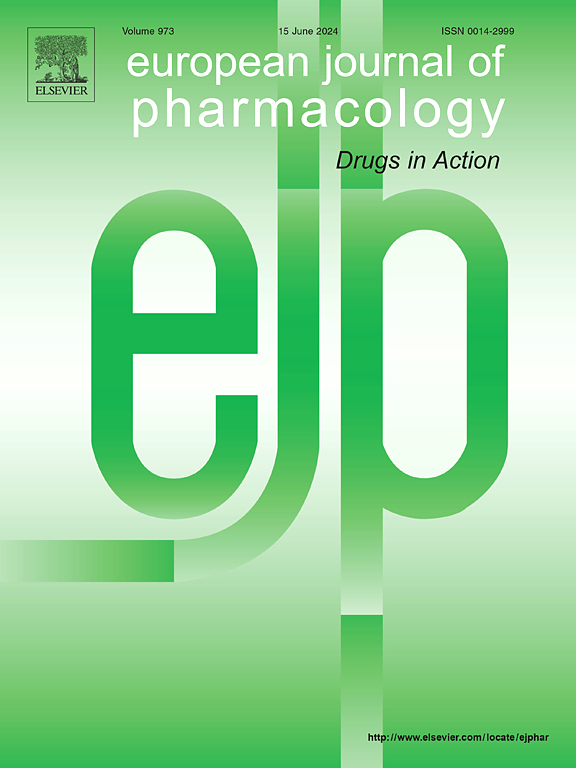Eco-friendly nanotherapeutics: Metallic nanoparticles for targeting breast cancer
IF 4.2
3区 医学
Q1 PHARMACOLOGY & PHARMACY
引用次数: 0
Abstract
Breast cancer continues to be a major cause of death among women globally, with triple-negative breast cancer (TNBC) presenting a particularly difficult challenge due to its aggressive behaviour and the lack of effective treatment options. Nanotechnology, particularly the use of silver nanoparticles (AgNPs), has emerged as a promising avenue in oncological research. This review explores into the escalating field of green synthesis of nanoparticles, emphasizing sustainable approaches utilizing plant-based resources. Critical factors influencing nanoparticle synthesis, including reaction conditions, precursor types, and plant phytochemicals, are explored alongside advanced characterization techniques essential for evaluating nanoparticle properties. Special focus is given to the phytofabrication of silver nanoparticles and their multifaceted roles in breast cancer treatment, with detailed insights into their mechanisms, such as inducing apoptosis, generating reactive oxygen species (ROS), and disrupting mitochondrial function, particularly in TNBC cells. The review further highlights the advantages of plant-derived AgNPs, such as biocompatibility and reduced toxicity, while addressing challenges like scalability, reproducibility, and regulatory hurdles. Concluding with future prospects, this paper reflects the potential of green-synthesized AgNPs as a keystone in next-generation cancer therapeutics, paving the way for innovative and eco-friendly approaches in oncology.
乳腺癌仍然是全球妇女死亡的主要原因之一,其中三阴性乳腺癌(TNBC)因其侵袭性强和缺乏有效的治疗方案而成为一个特别棘手的挑战。纳米技术,尤其是银纳米粒子(AgNPs)的使用,已成为肿瘤研究中一条前景广阔的途径。本综述探讨了不断升级的纳米粒子绿色合成领域,强调了利用植物资源的可持续方法。文章探讨了影响纳米粒子合成的关键因素,包括反应条件、前体类型和植物化学物质,以及评估纳米粒子特性所必需的先进表征技术。文章特别关注银纳米粒子的植物制造及其在乳腺癌治疗中的多方面作用,并详细介绍了银纳米粒子的作用机制,如诱导细胞凋亡、产生活性氧(ROS)和破坏线粒体功能,尤其是在 TNBC 细胞中的作用机制。综述进一步强调了植物源 AgNPs 的优势,如生物相容性和低毒性,同时应对了可扩展性、可重复性和监管障碍等挑战。最后,本文展望了绿色合成的 AgNPs 作为下一代癌症疗法基石的潜力,为肿瘤学中的创新和生态友好型方法铺平了道路。
本文章由计算机程序翻译,如有差异,请以英文原文为准。
求助全文
约1分钟内获得全文
求助全文
来源期刊
CiteScore
9.00
自引率
0.00%
发文量
572
审稿时长
34 days
期刊介绍:
The European Journal of Pharmacology publishes research papers covering all aspects of experimental pharmacology with focus on the mechanism of action of structurally identified compounds affecting biological systems.
The scope includes:
Behavioural pharmacology
Neuropharmacology and analgesia
Cardiovascular pharmacology
Pulmonary, gastrointestinal and urogenital pharmacology
Endocrine pharmacology
Immunopharmacology and inflammation
Molecular and cellular pharmacology
Regenerative pharmacology
Biologicals and biotherapeutics
Translational pharmacology
Nutriceutical pharmacology.

 求助内容:
求助内容: 应助结果提醒方式:
应助结果提醒方式:


